New research suggests that filaments of matter connecting one galaxy to another may be spinning.


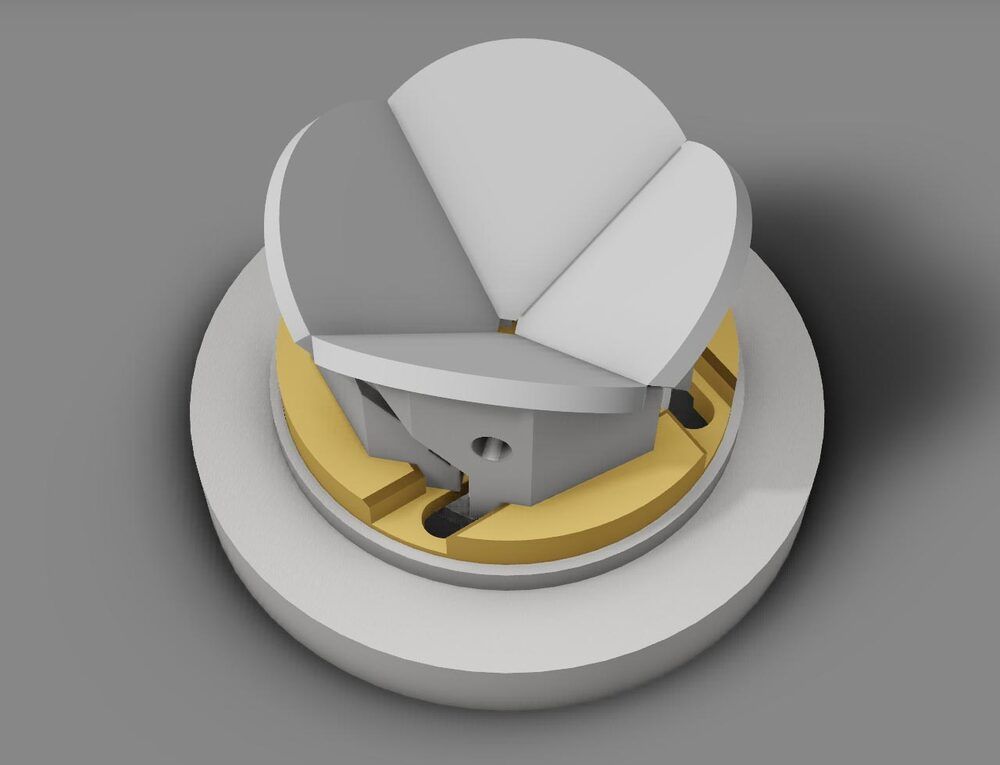
Technology advance could enable space-based atomic clocks, improving communications and GPS navigation.
Although quantum technology has proven valuable for highly precise timekeeping, making these technologies practical for use in a variety of environments is still a key challenge. In an important step toward portable quantum devices, researchers have developed a new high-flux and compact cold-atom source with low power consumption that can be a key component of many quantum technologies.
“The use of quantum technologies based on laser-cooled atoms has already led to the development of atomic clocks that are used for timekeeping on a national level,” said research team leader Christopher Foot from Oxford University in the U.K. “Precise clocks have many applications in the synchronization of electronic communications and navigation systems such as GPS. Compact atomic clocks that can be deployed more widely, including in space, provide resilience in communications networks because local clocks can maintain accurate timekeeping even if there is a network disruption.”
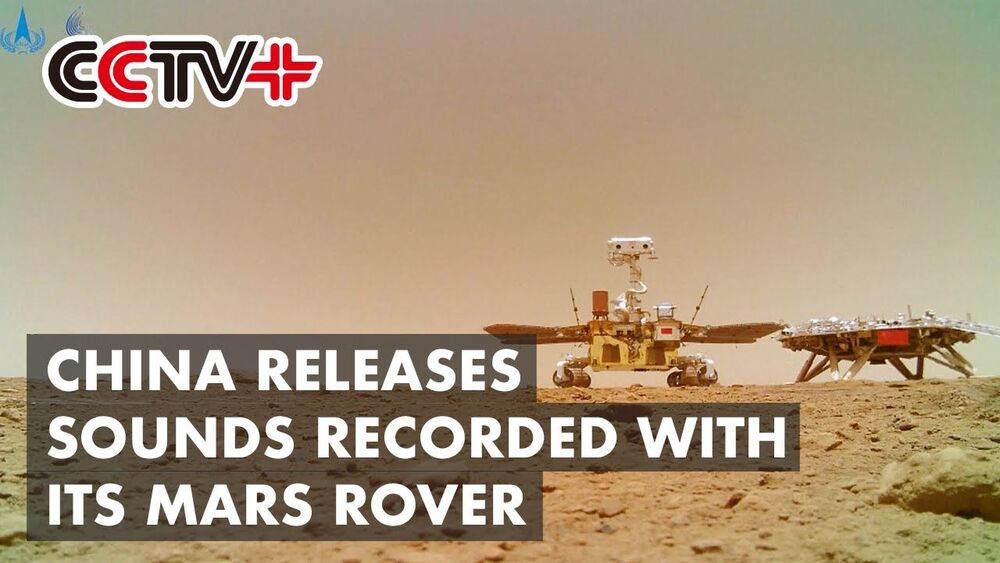
Back in May, China became just the third nation to land on the surface of Mars as it touched down with its Tianwen-1 probe. Packed aboard was the country’s first interplanetary rover, named Zhurong, which can be seen and heard making its very movements on the Red Planet in newly released recordings.
China’s Tianwen-1 mission set off for Mars last July and came to land on a plain in the planet’s northern hemisphere called Utopia Planitia following a 10-month journey. The Zhurong rover remained aboard the lander module for around a week surveying its surroundings and checking its instruments, before rolling down to the dusty surface to begin its explorations.
Recordings gathered by the China National Space Administration and shared by state-funded broadcaster CCTV show the rover’s start to life on Mars in intriguing new light. The first includes the first audio collected by a Chinese Mars rover, with an onboard recording device capturing the sounds as its engine was started, of the Martian winds and of the machinations of the robot as it made its way down to the surface.
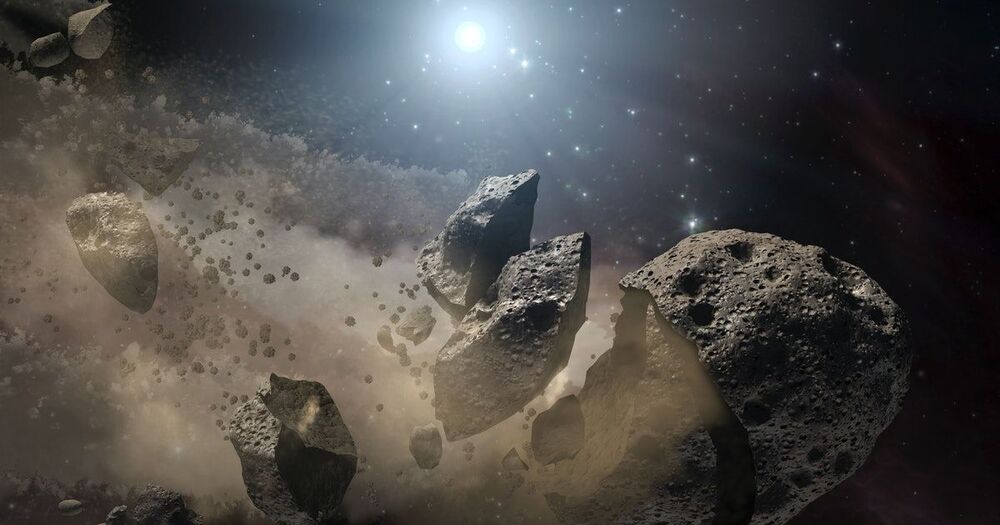
The star is only a little bit larger than Earth’s Moon, but more massive than the Sun and might be a Frankenstein zombie star.
Astronomers discovered the smallest and most massive white dwarf star, about the same size as Earth’s Moon with a mass greater than the Sun.
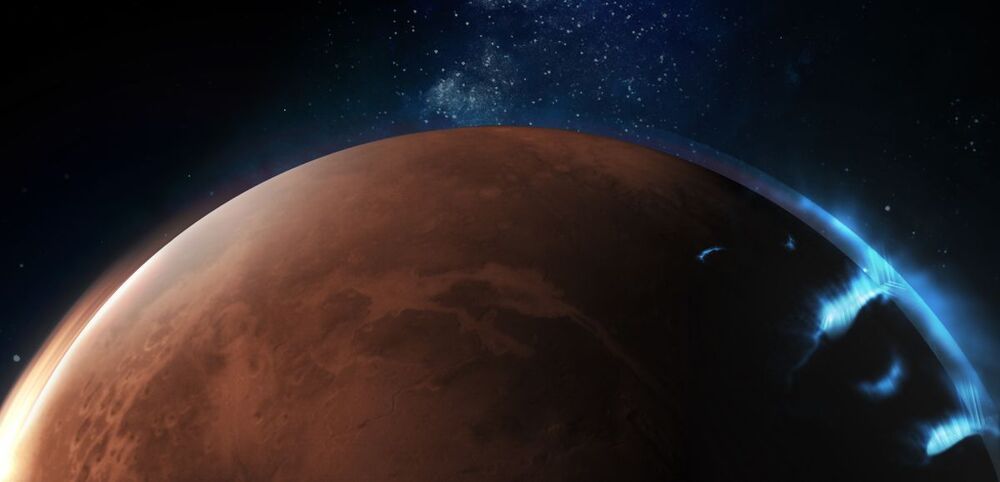
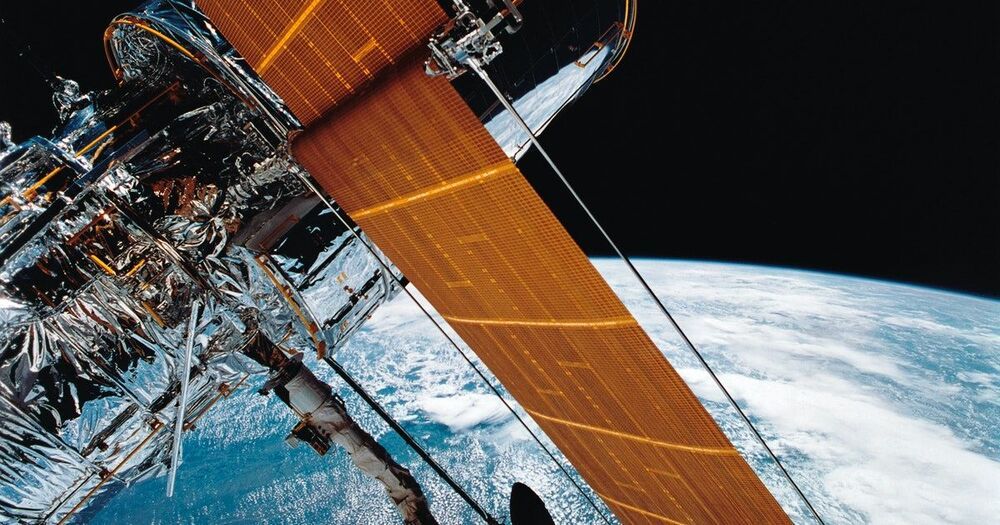
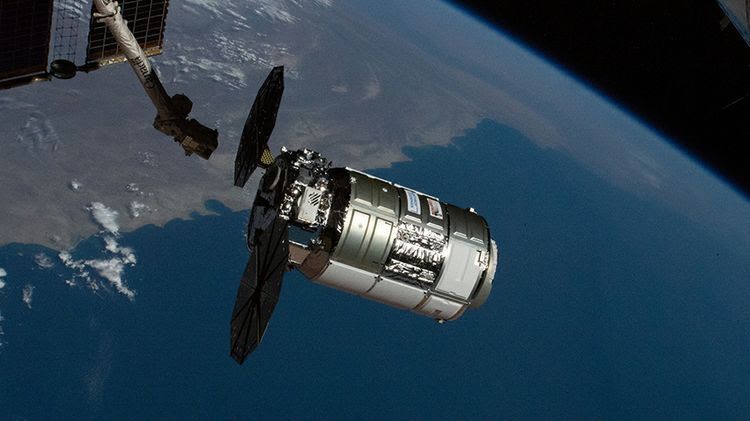
The S.S. Katherine Johnson will then safely fall to Earth.
A Northrop Grumman Cygnus cargo spacecraft successfully undocked from the International Space Station Tuesday (June 29) at 12:25 p.m. EDT (1625 GMT), more than four months after it arrived in orbit.
The undocking aired live on NASA TV, with the spacecraft separating from the orbital outpost right on time, enabling the craft to begin a secondary mission before its planned fiery demise.
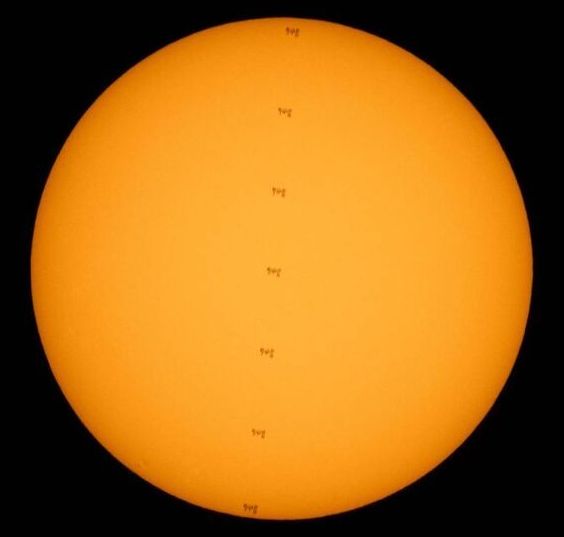
The mosaic image is a composition of seven subsequent frames taken from Nellysford, Virginia, as the space station traversed the face of the sun at the speed of roughly 5 miles per second, which is about 18000 mph (29000 kph), according to a NASA photo description.
The six-hour and 45-minute spacewalk was the third for Pesquet and Kimbrough in less than two weeks as they completed work on augmenting the space station’s power systems. The iROSA panel deployed on Friday was the second of six new panels to be installed at the station.
Friday’s extravehicular activity (EVA) positioned the second iROSA opposite the first on the far left, or port side of the space station’s backbone truss. Now both the 2B and 4B power channels on the port 6 (P6) truss have the new arrays deployed.
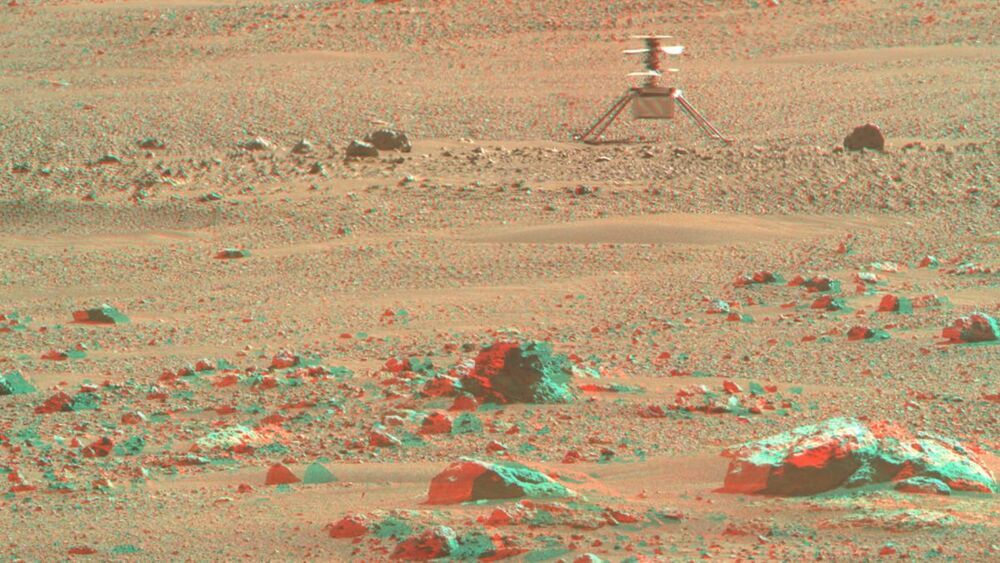

Supermoons typically occur once or twice a year when the Moon is full and at its closest point to the Earth. Don’t miss the opportunity to see the next one.